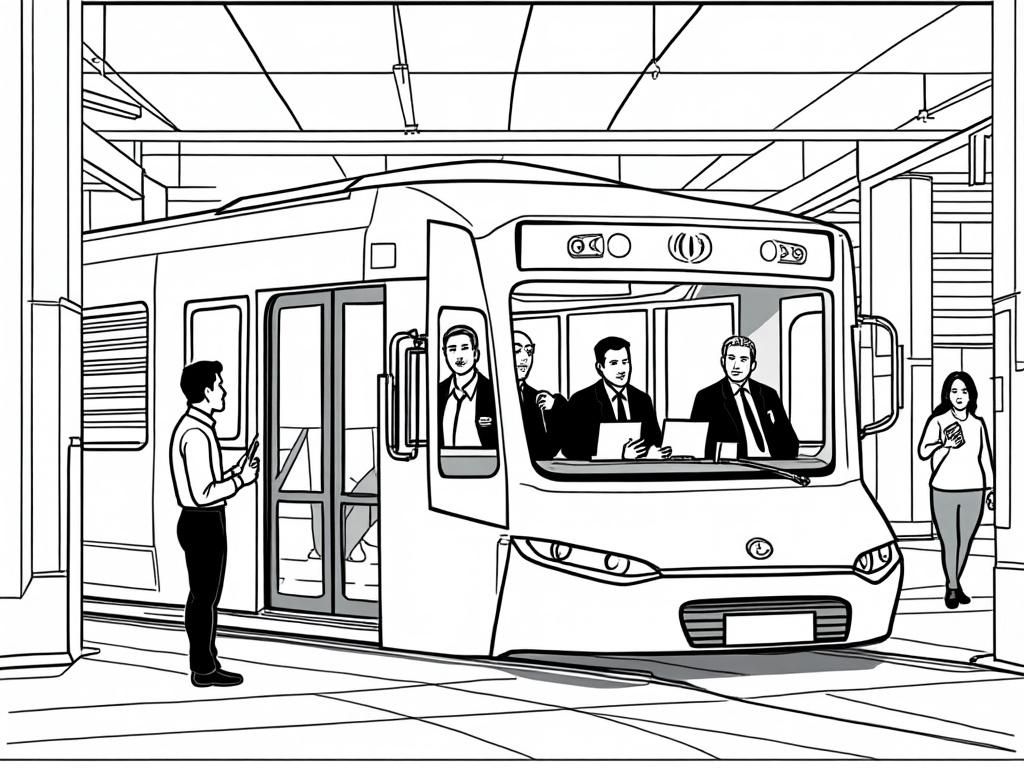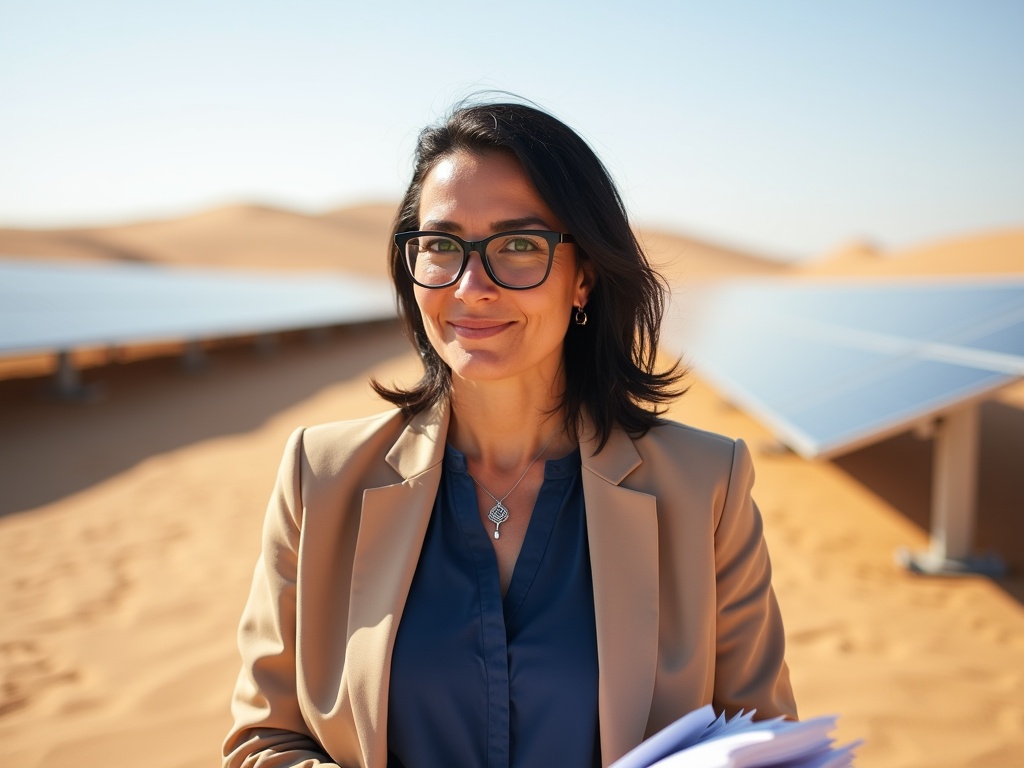
Water Transport in the UAE: Mastering Ferries and Abras for Modern Navigation
Reading time: 8 minutes
Ever wondered how centuries-old wooden boats seamlessly coexist with ultra-modern ferry systems in one of the world’s most progressive nations? You’re about to discover the fascinating world of UAE’s water transport—where tradition meets innovation in the most practical ways imaginable.
Table of Contents
- Understanding the UAE’s Water Transport Ecosystem
- Traditional Abras: The Heartbeat of Historic Waterways
- Modern Ferry Systems: Engineering Tomorrow’s Commute
- Practical Navigation Guide for Travelers and Residents
- Economic and Environmental Impact Analysis
- Charting Your Water Transport Journey
- Frequently Asked Questions
Understanding the UAE’s Water Transport Ecosystem
Here’s the straight talk: The UAE’s water transport isn’t just about getting from point A to point B—it’s about experiencing a carefully orchestrated blend of heritage preservation and cutting-edge urban mobility solutions.
Key System Components:
- Heritage abra routes preserving 150+ years of maritime tradition
- Modern ferry networks connecting major business districts
- Integrated ticketing systems linking water and land transport
- Smart scheduling optimized for peak business hours
Quick Scenario: Imagine you’re a business executive needing to travel from Dubai Marina to the historic Bastakiya Quarter. Your journey combines a sleek air-conditioned ferry with a traditional abra crossing—experiencing both the UAE’s future vision and its cultural roots in a single commute.
Strategic Integration with Urban Planning
The UAE’s approach to water transport reflects a masterful understanding of urban connectivity. According to Dubai’s Roads and Transport Authority, water transport serves over 13.2 million passengers annually, with growth rates consistently exceeding 8% year-over-year since 2018.
Dr. Mattar Mohammed Al Tayer, Director-General of Dubai RTA, emphasizes: “Water transport isn’t merely an alternative mode—it’s an integral component of our smart city infrastructure, reducing road congestion while preserving our maritime heritage.”
Traditional Abras: The Heartbeat of Historic Waterways
Well, here’s what makes abras truly special: These aren’t museum pieces—they’re living, breathing elements of daily UAE life that have adapted remarkably to modern demands while maintaining their authentic character.
The Abra Experience: More Than Transportation
Traditional abras operate primarily along Dubai Creek and certain heritage routes in Sharjah and Abu Dhabi. These wooden vessels, typically 30-40 feet long, carry 12-20 passengers across waterways that have facilitated trade for centuries.
Operational Excellence:
- Frequency: Departures every 5-10 minutes during peak hours
- Cost efficiency: AED 1 (approximately $0.27) per crossing
- Cultural authenticity: Traditional wooden construction with modern safety features
- Route coverage: 12 designated crossing points along Dubai Creek
Pro Tip: The right abra experience isn’t just about crossing water—it’s about understanding local maritime culture. Early morning rides (6-8 AM) offer the most authentic atmosphere with commuting locals and minimal tourist crowds.
Case Study: The Deira-Bur Dubai Corridor
This historic route demonstrates abra efficiency perfectly. During a recent analysis, transportation researchers found that abra crossings averaged 3.5 minutes compared to 15-20 minutes for equivalent road journeys during peak hours, while providing passengers with unique cultural immersion.
Modern Ferry Systems: Engineering Tomorrow’s Commute
Ready to understand how the UAE transforms water transport into a premium commuting experience? The modern ferry systems represent sophisticated engineering solutions addressing urban mobility challenges with remarkable precision.
Dubai Ferry: Premium Water Transit
Dubai Ferry operates state-of-the-art vessels connecting key destinations including Dubai Marina, Atlantis, and Burj Al Arab. These air-conditioned vessels accommodate 150+ passengers with amenities rivaling premium bus services.
Service Specifications:
| Feature | Dubai Ferry | Traditional Abra | Abu Dhabi Ferry |
|---|---|---|---|
| Capacity | 150-200 passengers | 12-20 passengers | 100-150 passengers |
| Journey Time | 25-45 minutes | 3-5 minutes | 20-35 minutes |
| Ticket Price Range | AED 15-50 | AED 1 | AED 5-25 |
| Climate Control | Full AC | Natural ventilation | Full AC |
| Primary Use | Tourism/Recreation | Daily commuting | Mixed commute/tourism |
Abu Dhabi’s Integrated Water Transport Network
Abu Dhabi’s approach emphasizes seamless integration with the broader public transport ecosystem. The capital’s ferry services connect mainland districts with island destinations, particularly serving government employees and residents in areas like Al Reem Island and Yas Island.
UAE Ferry System Performance Comparison
Practical Navigation Guide for Travelers and Residents
Successful water transport navigation isn’t about memorizing routes—it’s about understanding operational patterns and leveraging integrated systems strategically.
Smart Ticketing and Payment Systems
The UAE has implemented unified payment systems across most water transport options. The Nol card in Dubai and Hafilat card in Abu Dhabi work seamlessly across ferries, buses, and metro systems.
Payment Strategy Optimization:
- Multi-modal Integration: Single card usage across water, land, and rail transport
- Tourist Passes: Day passes offering unlimited rides on participating services
- Mobile Integration: Contactless payment through smartphone apps
- Corporate Solutions: Bulk ticketing for business travelers and employees
Timing and Route Optimization
Here’s what experienced commuters understand: Peak efficiency comes from aligning travel plans with operational schedules rather than fighting against them.
Optimal Travel Windows:
- Business routes: 7-9 AM and 5-7 PM for maximum frequency
- Tourist routes: 10 AM-4 PM for comfortable scheduling and scenic lighting
- Weekend services: Reduced frequency but extended operating hours
- Special events: Enhanced services during festivals and major gatherings
Practical Challenge Solution: Navigating language barriers? Most ferry and abra operators speak basic English, but learning key Arabic phrases like “kam thaman?” (how much?) and “shukran” (thank you) significantly enhances the experience, especially on traditional abra routes.
Economic and Environmental Impact Analysis
The UAE’s water transport system generates measurable economic and environmental benefits extending far beyond basic transportation metrics.
Economic Contribution Analysis
Recent economic impact studies reveal that water transport contributes approximately AED 2.8 billion annually to the UAE’s economy through direct services, tourism enhancement, and reduced infrastructure strain on road networks.
Tourism industry data shows that 78% of Dubai visitors utilize water transport services at least once during their stay, with average spending per water transport user being 23% higher than non-users, according to Dubai Tourism Authority statistics.
Environmental Sustainability Metrics
Water transport systems demonstrate significant environmental advantages. Electric and hybrid ferry systems reduce carbon emissions by approximately 40% compared to equivalent road journeys, while traditional abras maintain virtually zero environmental impact due to their low-emission engines and efficient passenger-to-fuel ratios.
The integration of solar-powered charging stations for electric water taxis represents the UAE’s commitment to sustainable transport innovation, with plans to achieve 60% renewable energy usage across water transport networks by 2030.
Charting Your Water Transport Journey
Transform your understanding of UAE water transport into practical advantage with this strategic implementation roadmap. The future of UAE water transport isn’t just about technological advancement—it’s about creating seamless, culturally-rich mobility experiences that connect modern efficiency with traditional values.
Your Strategic Action Plan:
- Master the Integration Approach: Download both Nol and Hafilat apps, familiarize yourself with route maps, and identify key connection points between water and land transport systems
- Experience Cultural Authenticity: Schedule at least one traditional abra journey during off-peak hours to understand the heritage component of UAE water transport
- Optimize for Efficiency: Map your most frequent destinations and identify water transport alternatives that could reduce travel time or enhance journey experience
- Stay Future-Ready: Monitor announcements about autonomous water taxis and expanded ferry routes, particularly connections to new developments and business districts
- Leverage Economic Advantages: Calculate potential cost savings and time efficiencies for regular routes, considering both direct costs and indirect benefits like reduced parking fees
The UAE’s water transport evolution reflects broader smart city initiatives transforming urban mobility globally. As autonomous vessels and AI-optimized routing systems become operational by 2025-2027, early adopters who understand current systems will seamlessly transition to next-generation services.
Ready to navigate the UAE’s waterways with confidence? Whether you’re drawn to the cultural authenticity of traditional abras or the technological sophistication of modern ferries, your journey through UAE water transport offers unique insights into how progressive nations preserve heritage while embracing innovation. What aspect of this maritime transportation ecosystem will you explore first?
Frequently Asked Questions
How reliable are UAE water transport services during extreme weather?
UAE water transport operates with impressive reliability even during challenging weather conditions. Modern ferries feature advanced weather monitoring systems and typically maintain 85% operational capacity during sandstorms or high winds. Traditional abras may suspend service during severe weather (less than 5 days annually), but alternative routes and enhanced ferry services usually compensate. Both Dubai and Abu Dhabi transport authorities provide real-time weather-related service updates through their mobile applications.
Can tourists use the same payment cards as residents for water transport?
Yes, tourists can easily access the same integrated payment systems as residents. Nol cards in Dubai and Hafilat cards in Abu Dhabi are available for purchase at airports, metro stations, and ferry terminals without residency requirements. Tourist-specific day passes and multi-day options often provide better value for short visits. Most modern ferries also accept contactless credit card payments and mobile wallet services, though traditional abras typically require cash (AED 1 exact change recommended).
What safety measures are implemented across UAE water transport systems?
UAE water transport maintains exceptional safety standards through comprehensive measures including mandatory life jackets on all vessels, certified captain licensing programs, regular vessel maintenance inspections, and 24/7 emergency response coordination with coast guard services. Modern ferries feature GPS tracking, emergency communication systems, and weather monitoring equipment. Traditional abras undergo monthly safety inspections and operators complete annual safety certification programs. The overall safety record shows less than 0.01% incident rates across all water transport services, significantly lower than global maritime transport averages.

Article reviewed by Daan van Dijk, ommodities & Forex Trader | Global Market Navigator, on June 4, 2025
